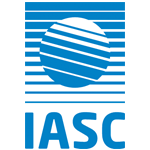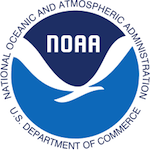The Alaskan Layered Pollution and Chemical Analysis (ALPACA) project seeks to close knowledge gaps in understanding of atmospheric chemical mechanisms occurring under cold and dark conditions. These gaps are exacerbated by lack of knowledge of emissions and by wintertime meteorology, which causes stagnation and hinders mixing between cleaner background and polluted air masses. In addition, there are limited measurements in regions with sub-freezing temperatures and low to absent photochemistry. The project whitepaper describes these ideas in detail:
We recently carried out the ALPACA-2022 field study, which was designed to answer many of the questions in the whitepaper. Please see the news page for recent updates. on the project’s status. The ALPACA-2022-Publications page shows the peer-reviewed manuscripts that resulted from the 2022 field study.
Thanks to all involved in developing this document for the hard work on this important topic, and we look forward to working with you to make progress in understanding wintertime pollution in the North.
Sponsors:





This work was partially supported by the National Science Foundation through the grant AGS-1818552. Any opinions, findings, and conclusions or recommendations expressed in this material are those of the author(s) and do not necessarily reflect the views of the National Science Foundation.
